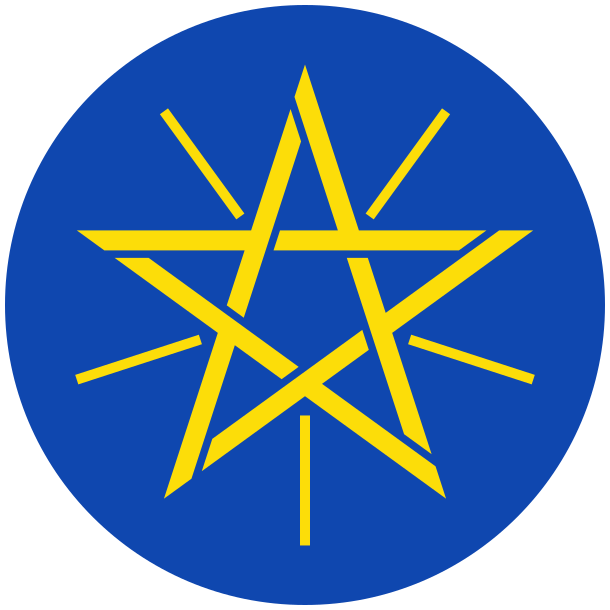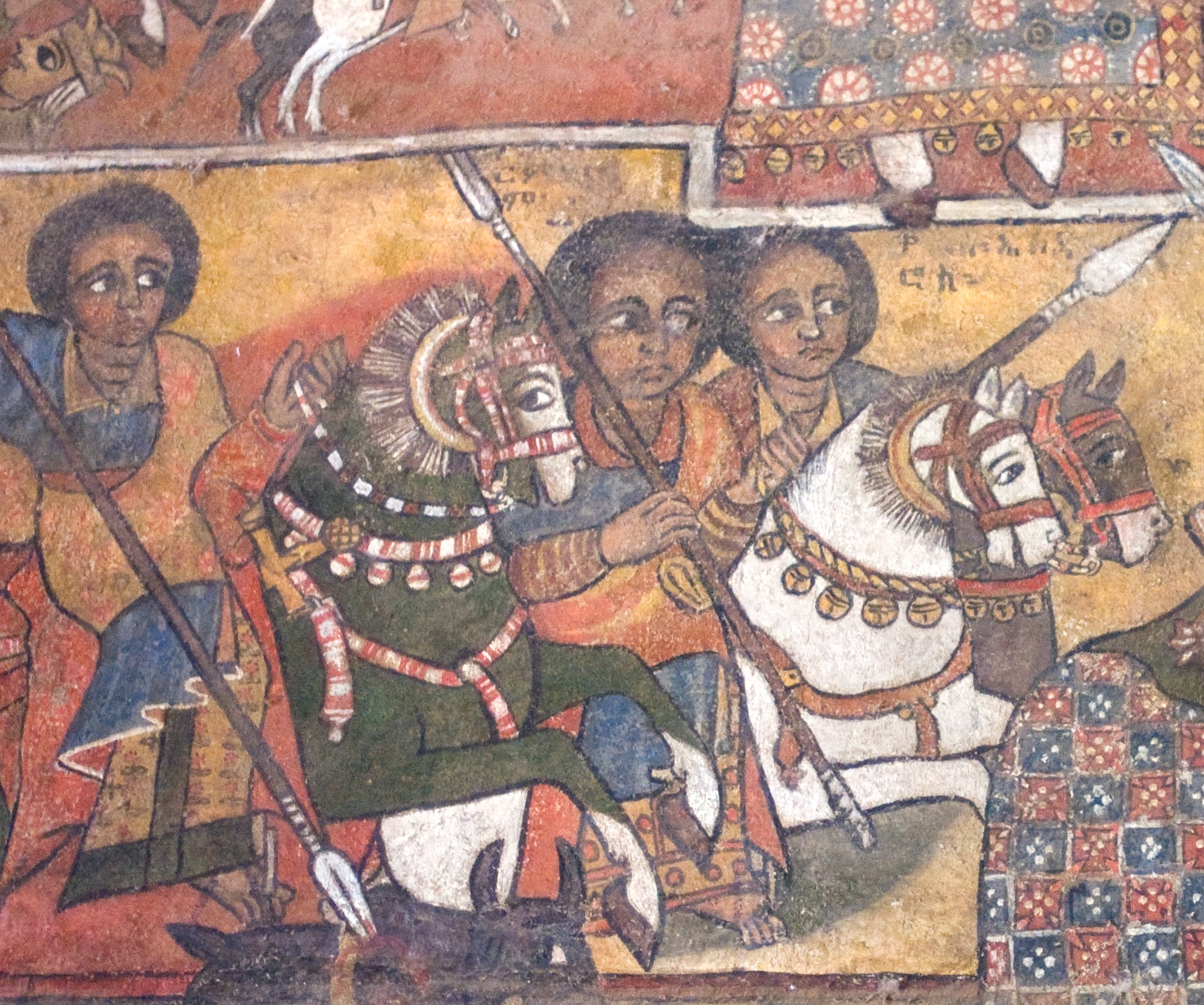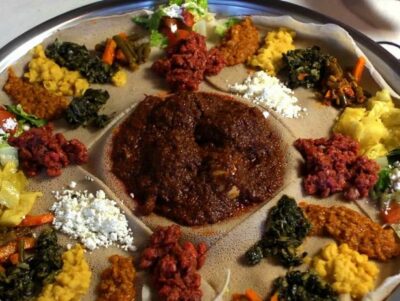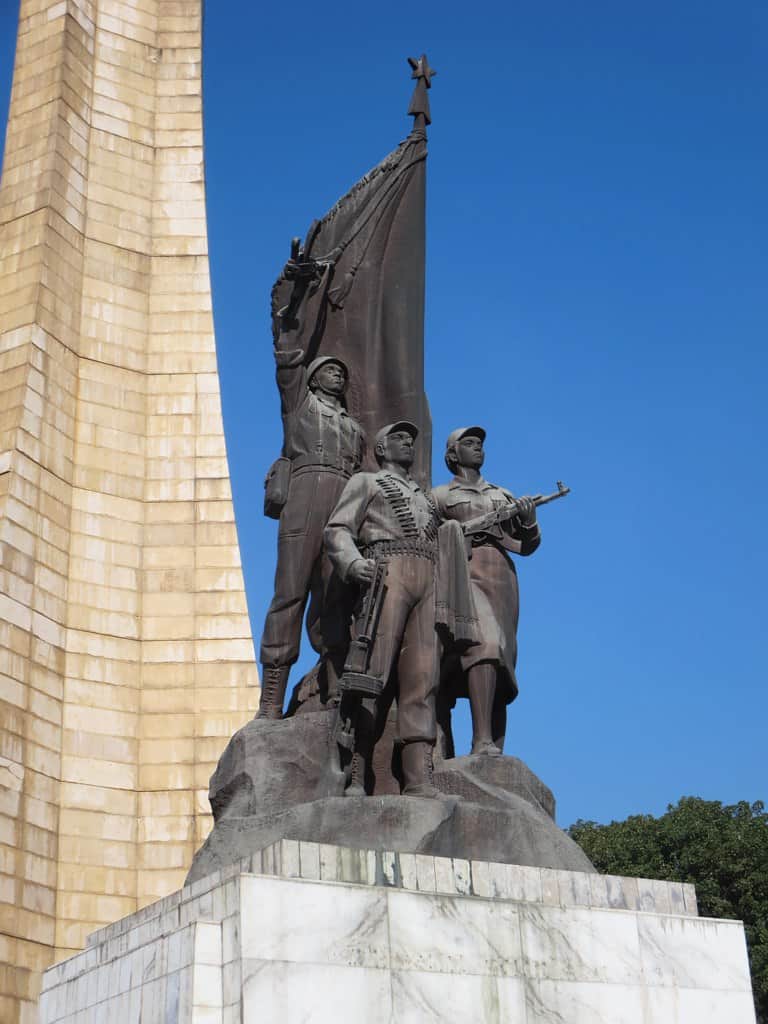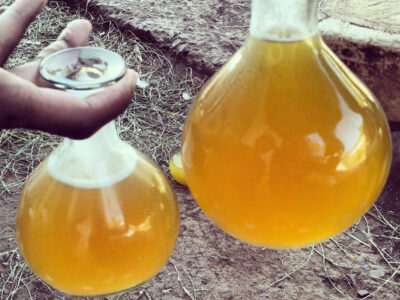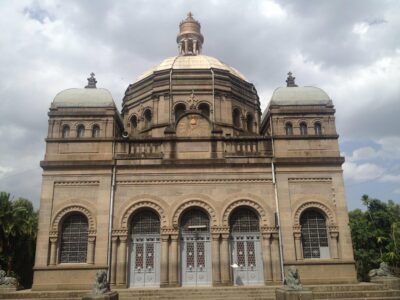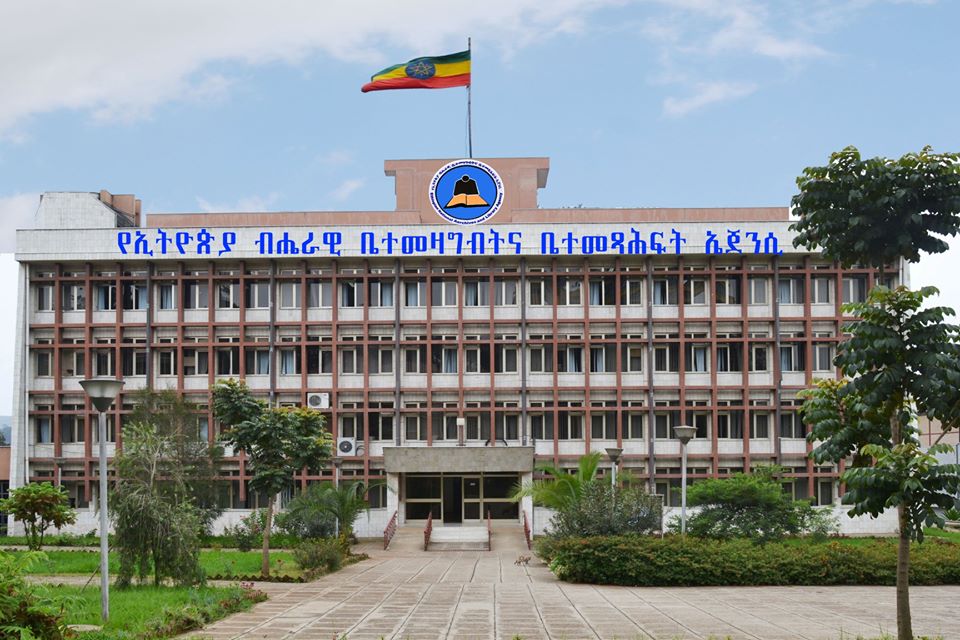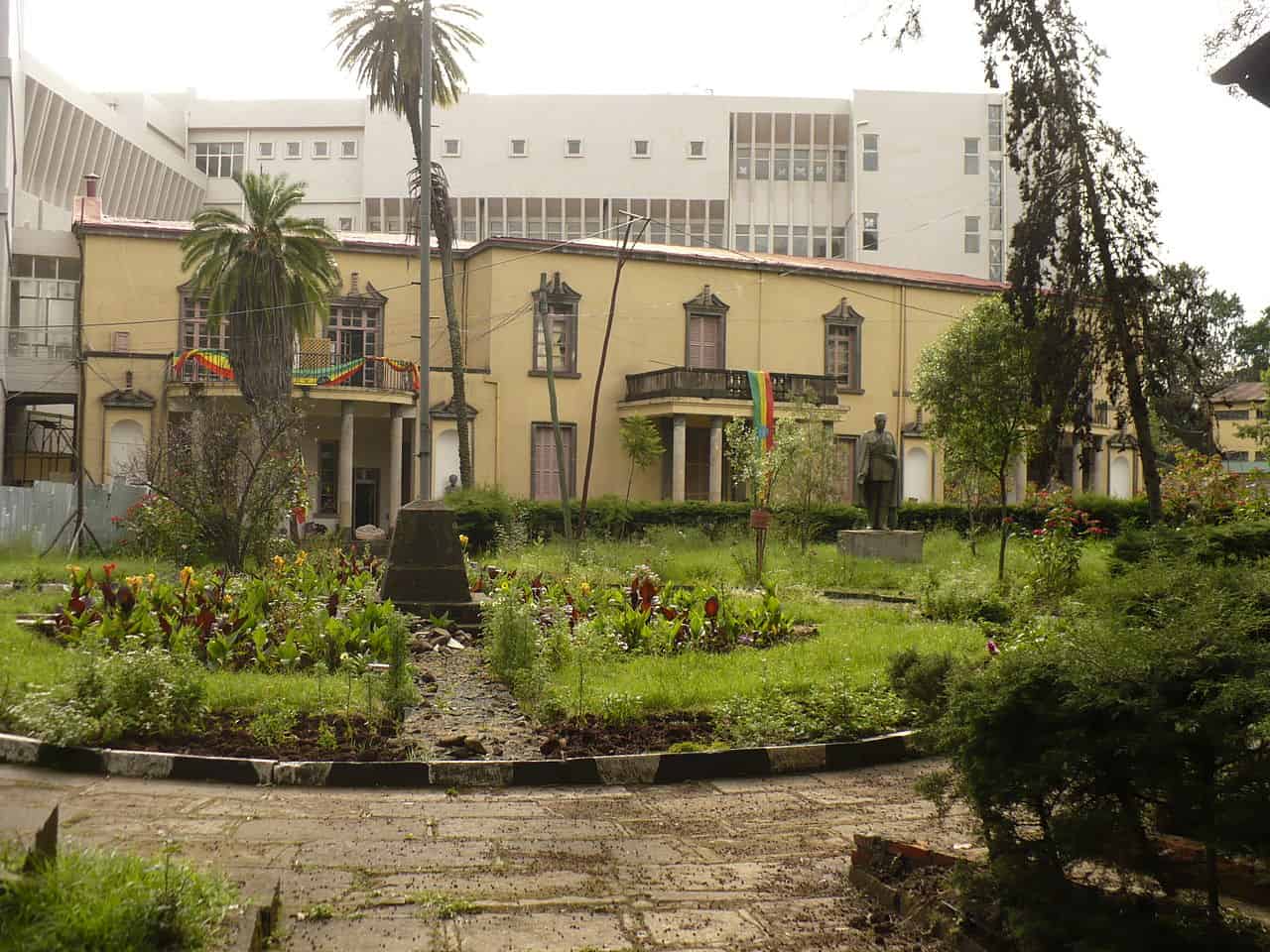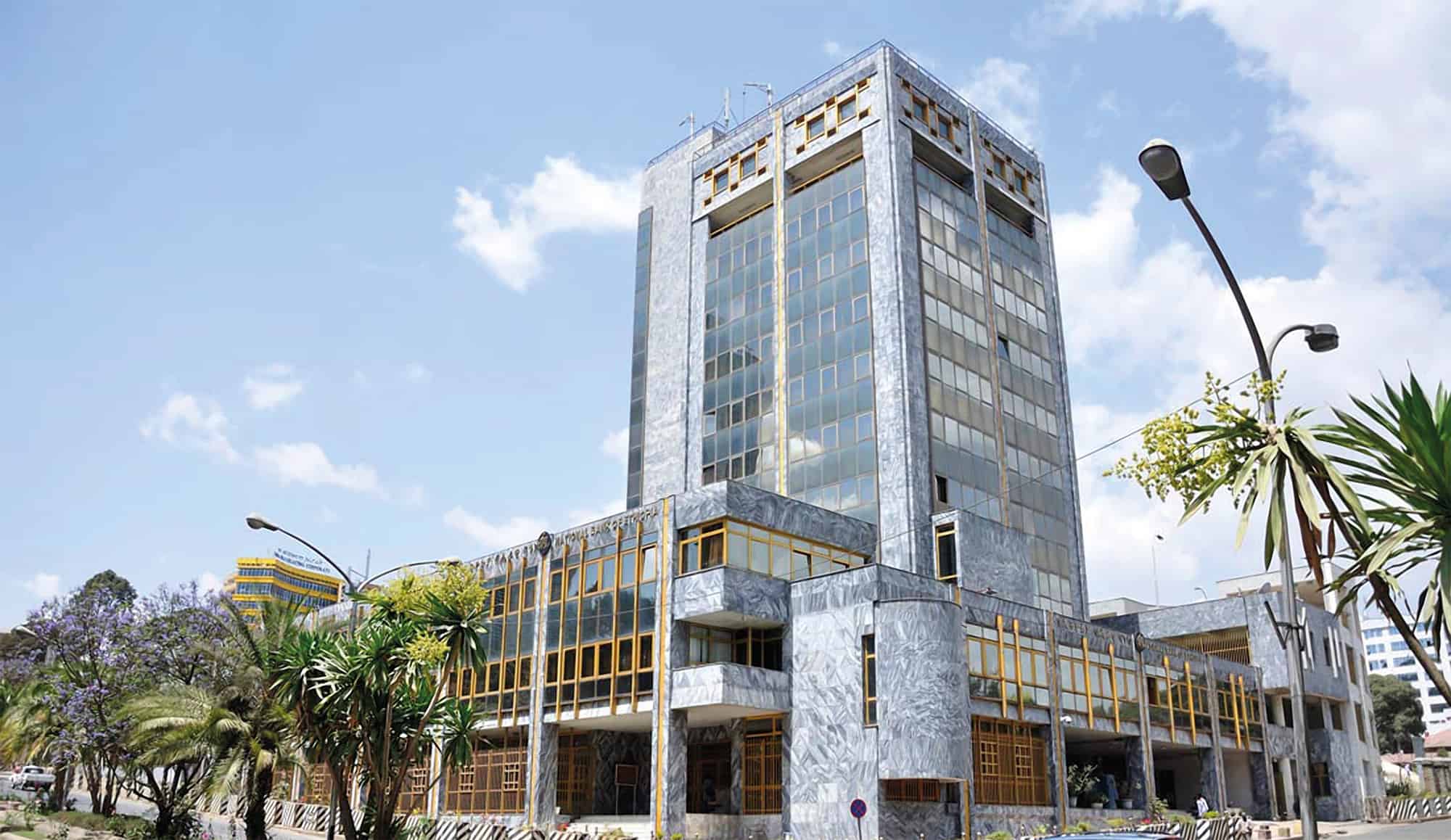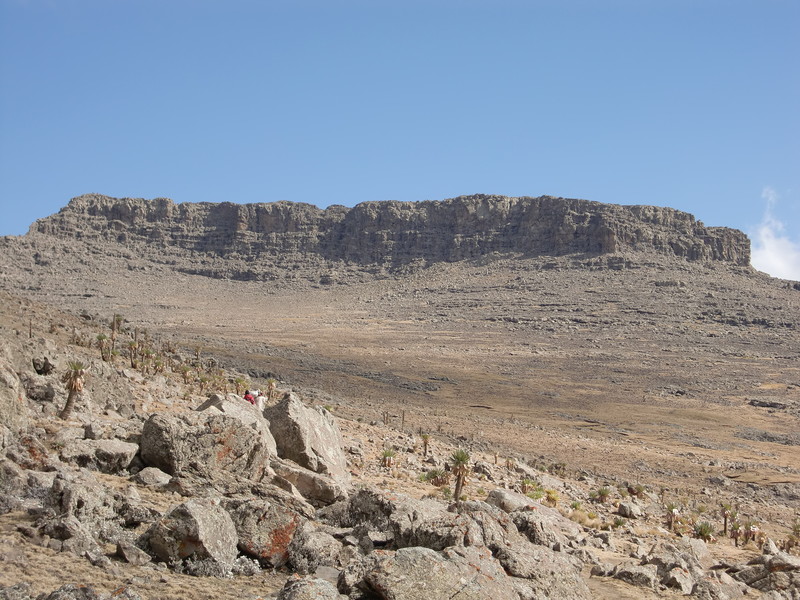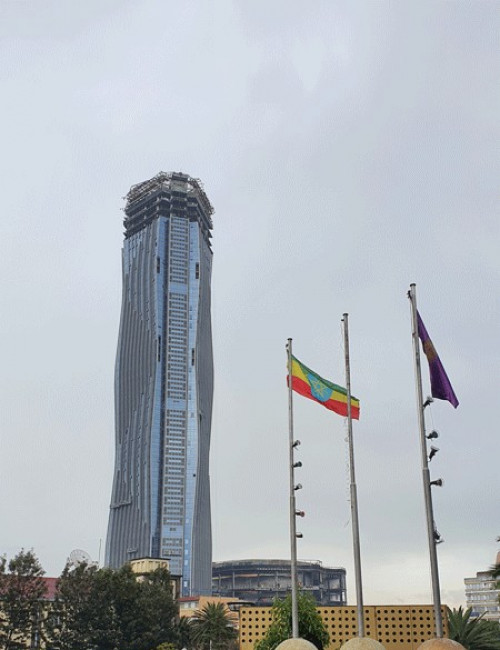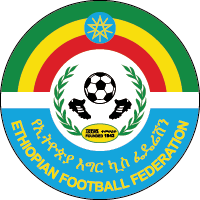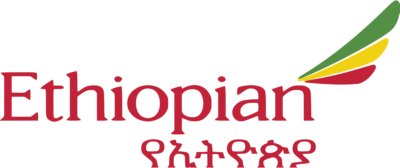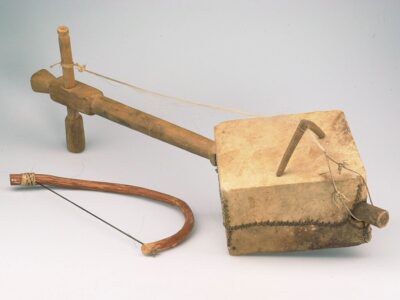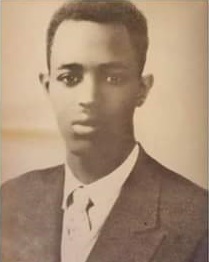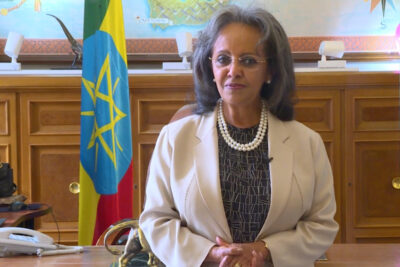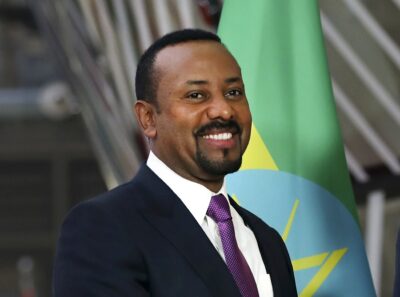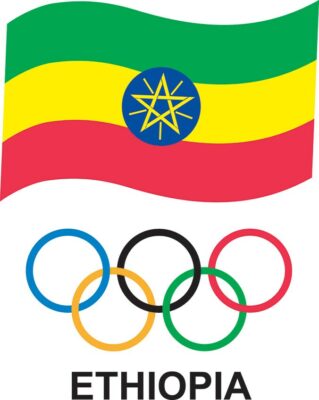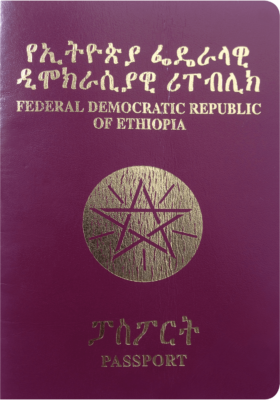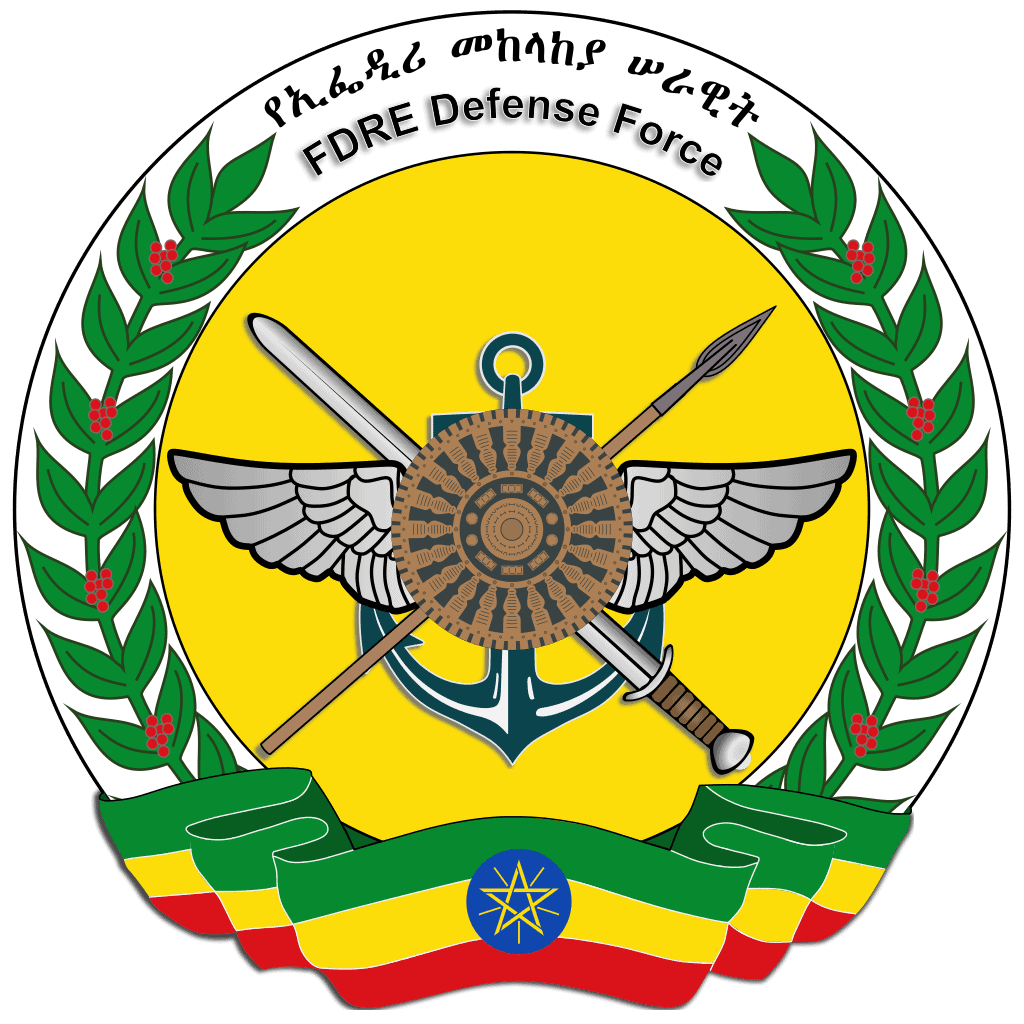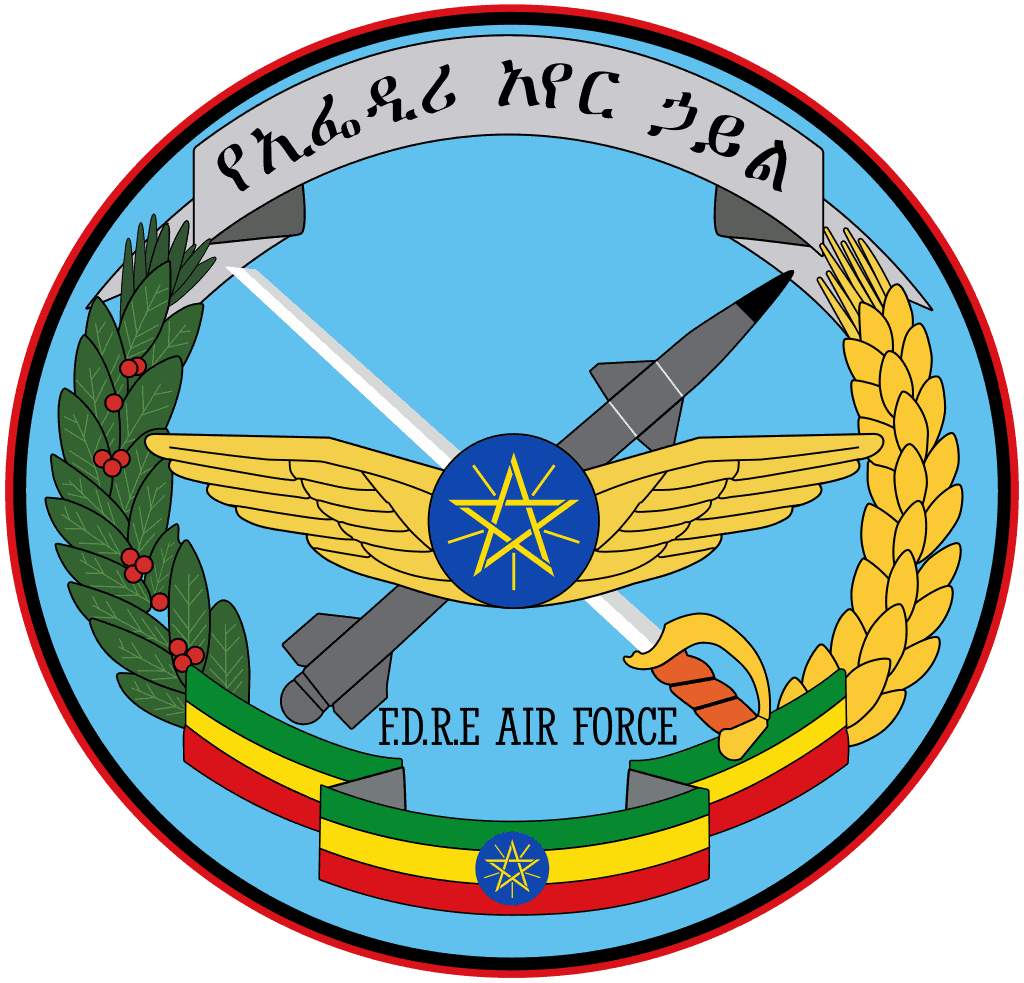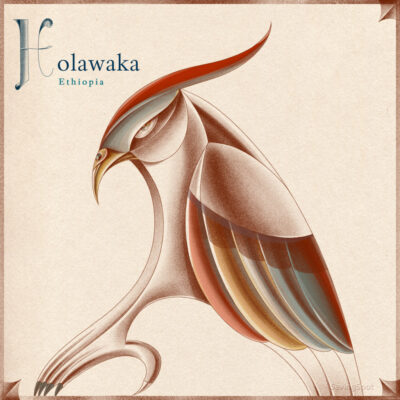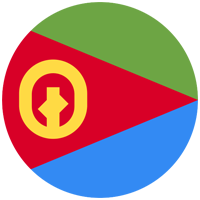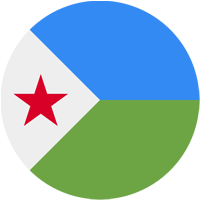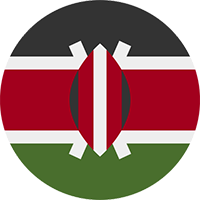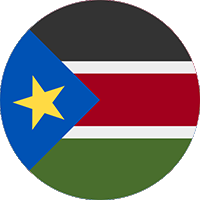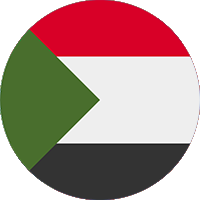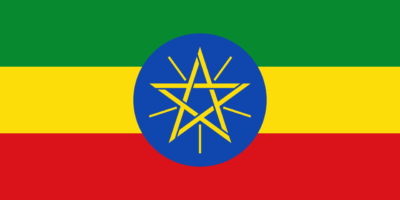National Symbols of Ethiopia
Last updated on August 27th, 2023 by Editorial Staff
Table Of Contents
By | Updated on August 27, 2023
Reviewed by Rittika
Ethiopia is a landlocked country in Africa. The official name of Ethiopia is the Federal Democratic Republic of Ethiopia. It shares borders with 6 countries: Eritrea, Djibouti, Somalia, Kenya, South Sudan, and Sudan. The people of Ethiopia are called Ethiopians. The country is situated in Eastern Africa, west of Somalia.
Etymology discusses where a term is considered to have originated from and how its meaning has changed over time. Etymology has been a factor in the naming of countries all across the world, and Ethiopia has also been influenced. The etymology of Ethiopia can be defined as; “Land of the Blacks”, from Latin Æthiopia, from the Ancient Greek Αἰθιοπία (Aithiopía), “land of the Burnt-Faced” (from Αἰθίοψ, Aithíops), originally about all Sub-Saharan Africa.
An ethnicity is a group or sub-group of people who are connected based on common characteristics which may include religion, origin, language, traditions, or culture. The ethnic groups in Ethiopia include Oromo, Amhara, Tigrayans, Sidama, and Welayta.
Ethiopian Airlines is the national airline of Ethiopia. The national colors of the country are green, yellow, red, and blue. The emoji flag of the country is ????????, and the ISO code is ETH.
Ethiopia is known for its national parks, outstanding coffee, and rich cultural heritage. Ethiopia is the oldest nation in Africa. The national dish of Ethiopia is Doro Wat. Tej, in addition to being a traditional beverage, is one of the country’s national drinks. The national instrument of Ethiopia is the Krar masenqo saxophone.
The country has the time zone UTC+3 (EAT) followed by dd/mm/yyyy as the standard date format.
Ethiopia is divided into 10 regions. The capital of the country is Addis Ababa, which is also the largest city in Ethiopia.
The literacy rate in Ethiopia is 39.0%.
The country’s total area is 1,104,300 km² (426,400 sq mi), and the total population is 114,963,588. The country’s average elevation is 1,330 m (4,364 ft), whereas the country’s terrain can be defined as; High plateau with a central mountain range divided by Great Rift Valley. The country’s usual climate is tropical monsoon with a wide topographic-induced variation.
The Ethiopian birr serves as the national unit of currency, and the National Bank of Ethiopia (NBE) is recognized as the country’s central bank. The domain for Ethiopia is .et and the country code is +251. Azure is the country’s coat of arms.
Museums are known to educate and connect visitors with the nation’s history, culture, civilization, art, and architecture. The National Museum of Ethiopia serves the same purpose and is considered one of the most significant tourist attractions. The National Museum of Ethiopia is home to a large collection of artifacts. It has been designated as the national museum of the country.
The national dress of Ethiopia is the Gabbi or Netella, and 28 May is designated as National Day. In Ethiopia, the majority of the population practices Christianity Ethiopian Orthodoxy, Protestantism, Catholicism, and Islam as their religion.
Nature is a blessing from God and we must protect it because it provides us with the oxygen and food to survive. It also helps to keep our environment beautiful and clean. To emphasize the significance of nature, Ethiopia has selected a few forces of nature as national symbols. Ethiopia’s national bird is the Abyssinian Bush Crow, while its national animal is the Lion. The national flower is Calla Lily. The highest peak is Ras Dashen.
Mythical creatures can be found in the literature and mythologies of many different nations. They represent imaginative representations of various creatures, humans, or hybrids. They are known for their specific features, supernatural abilities, and distinctive appearance. The mythical creature of Ethiopia is Holawaka.
Sports have always played an important role in developing the social and cultural structure of Ethiopia and other countries. When it comes to designating a sport as the official symbol, Football is considered the country’s national sport.
Poetry is a highly valued form of art, and many poets are considered significant national symbols of the country. The national poets of Ethiopia are Gibreab Teferi and Tsegaye Gabre-Medhin.
Amda Tseyon is the founder of Ethiopia. The country’s national anthem was written by Dereje Melaku Mengesha, and composed by Solomon Lulu Mitiku.
Mausoleums are buildings dedicated to holding someone’s remains. It serves as a reminder of the nation’s revolutionary fighters who sacrificed their lives for the country. Mausoleums are one of the most significant historical landmarks. The national mausoleum of Ethiopia is The Mausoleum of Menelik II. The country’s national hero is Zerai Deres.
Due to their unique qualities and rich cultural or historical backgrounds, national monuments around the world are of great importance. Tiglachin is recognized as the national monument of the country. It attracts visitors from all around the world.
Numerous organizations are working on a global level to improve the current state of affairs and to collaborate in order to establish and maintain constructive partnerships. Ethiopia is a member of the African Union (AU), and United Nations (UN). Ethiopia collaborates with them to organize, analyze, and address various events and situations.
The tourism slogan of the country is “Land of Origins”.
Abiy Ahmed is the current Prime minister of Ethiopia, and Sahle-Work Zewde is the President.
Ethiopia has declared Amharic as the country’s official language.
– Learn about Ethiopia flag color codes and their meanings –
– Further information regarding the symbols and knowledge of Ethiopia can be found in the table of contents-
Country information
Coat of arms
Flag map of Ethiopia
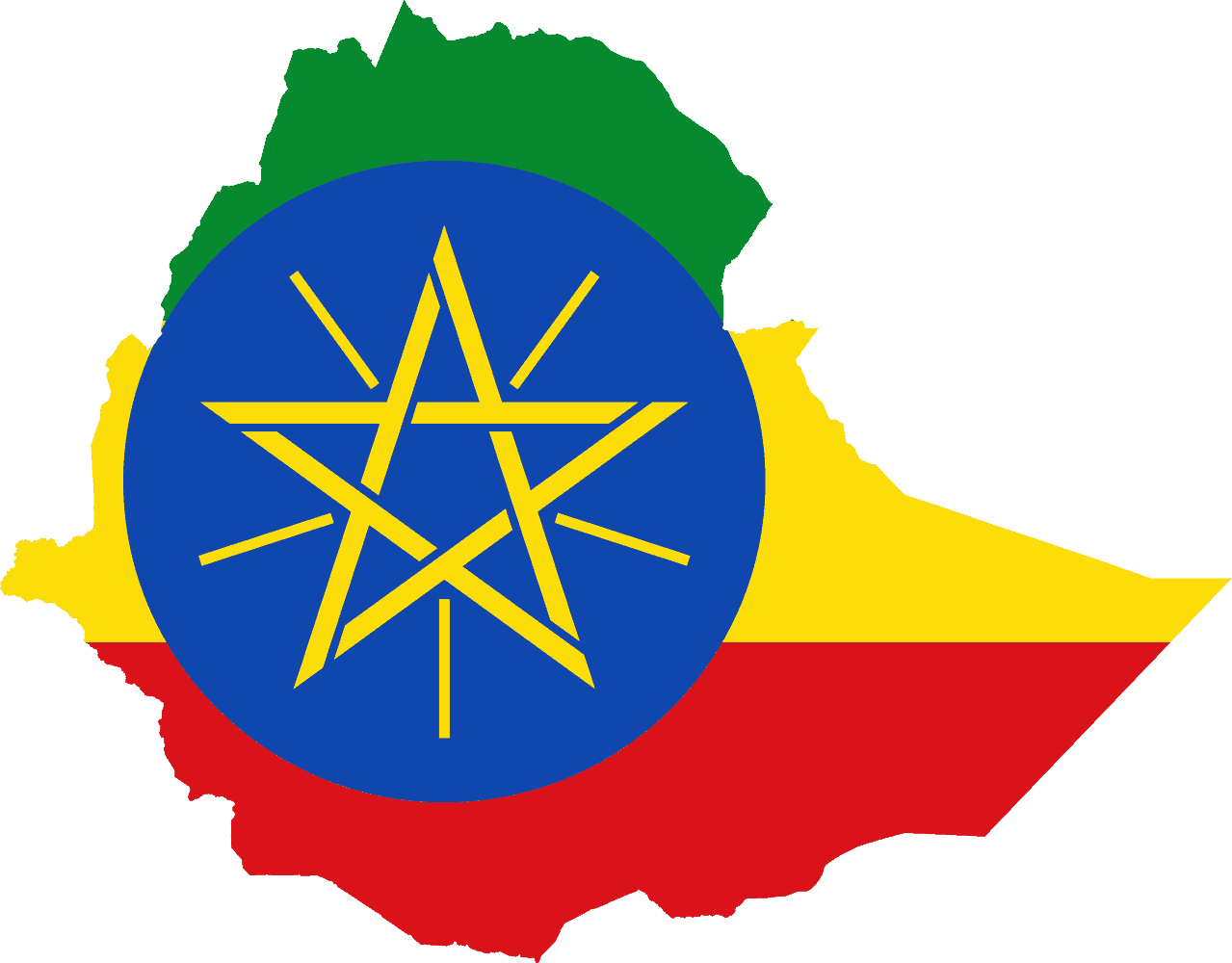
Motto of Ethiopia
National animal of Ethiopia
The National animal of Ethiopia is Lion

National flower of Ethiopia
The National flower of Ethiopia is Calla Lily. Botanical name is Zantedeschia.
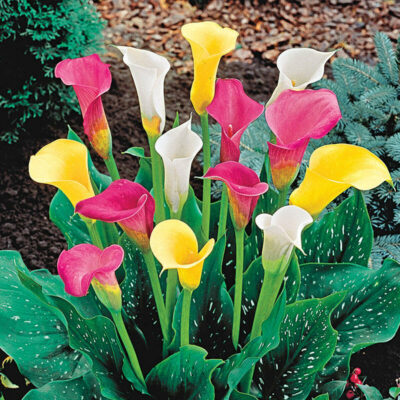
National bird of Ethiopia
The National bird of Ethiopia is Abyssinian Bush Crow
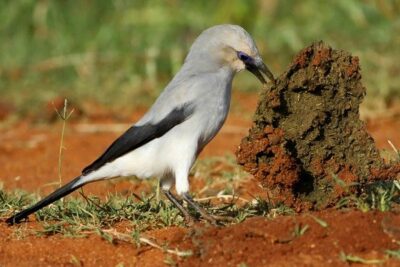
Rest of the National symbols of Ethiopia 👇
-
FounderAmda Tseyon
-
National dishDoro Wat
-
National danceEskista
-
National dressGabbi or Netella
-
National monumentTiglachin
-
National anthemView Anthem
-
National fruitNot Declared
-
National drinkTej
-
National colorsGreen, yellow, red, and blue
-
National sportsFootball
-
National treeNot Declared
-
National poetGibreab Teferi, Tsegaye Gabre-Medhin
-
National mausoleumMausoleum of Menelik II
-
National archivesNational Archives and Library of Ethiopia
-
National museumNational Museum of Ethiopia
-
National libraryNational Archives and Library of Ethiopia
-
Central BankNational Bank of Ethiopia (NBE)
-
Highest peakRas Dashen
-
Tallest buildingCommercial Bank of Ethiopia Headquarters
-
National football teamETH
-
Tourism sloganLand of Origins
-
Emoji flag????????
-
National airlineEthiopian Airlines
-
National instrumentKrar masenqo saxophone
-
National heroZerai Deres
-
PresidentSahle-Work Zewde
-
Prime MinisterAbiy Ahmed
-
Olympics CommitteeEthiopian Olympic Committee
-
PassportPassport of Ethiopia
-
ArmyEthiopian National Defense Force
-
Air ForceEthiopian Air Force
-
Mythical CreatureHolawaka
Neighbouring countries of Ethiopia
Ethiopian Proverbs - Popular quotes, proverbs and sayings.
Advise and counsel him; if he does not listen, let adversity teach him. What one hopes for is always better than what one has. The point of the needle must pass first. Do not triumph before the victory. The witness of a rat is another rat.
